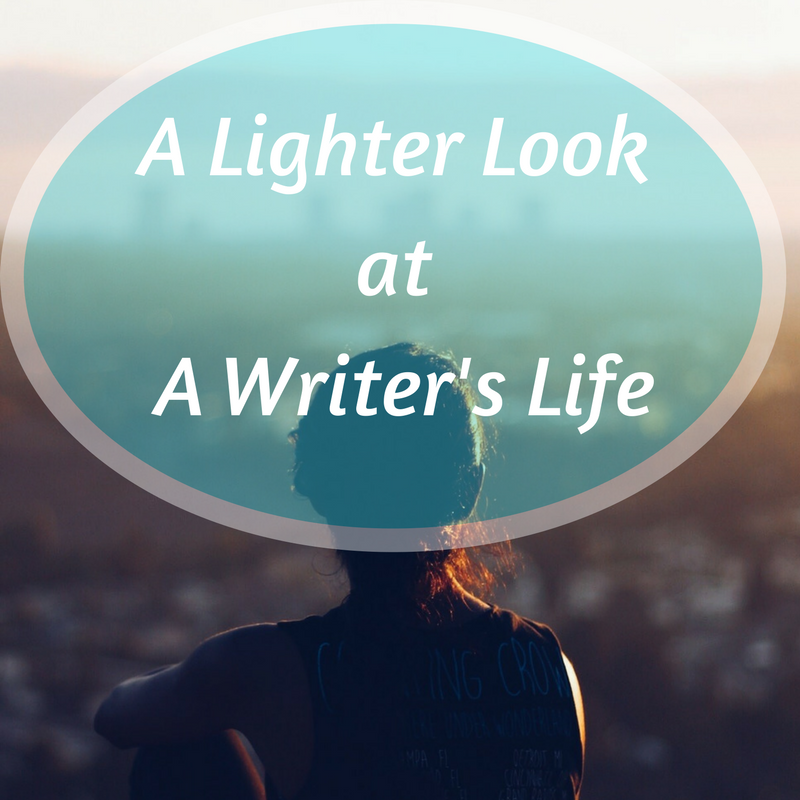
Subtext
I’m binging on the superhero series The Punisher. Not because I am a comic book junkie, but because I…
June 4, 2023
I’m binging on the superhero series The Punisher. Not because I am a comic book junkie, but because I…
June 4, 2023
Writers Chat, hosted by Jean Wise, Johnnie Alexander, and Brandy Brow, is the show where we talk about all…
April 5, 2023
“Show, don’t tell” should be the mantra of every writer, especially Middle Grade authors. What is ‘Telling’? Telling is…
July 16, 2022
One of the best and most common pieces of writing advice screenwriters get is to always use visual storytelling.…
April 4, 2021
As we continue this editing series how we can develop a great story, I hope you’re able to see…
May 24, 2020
Have you ever felt stuck using the same dialogue tags? It can creep in when we get comfortable with…
October 18, 2019
Last month I finished another rewrite of a screenplay I’ve been working on this year. Although I cut a…
August 4, 2019
Has your writing training “ruined” you in some ways? Do you notice plot holes, awkward point-of-view changes, and overly-predictable…
August 6, 2018